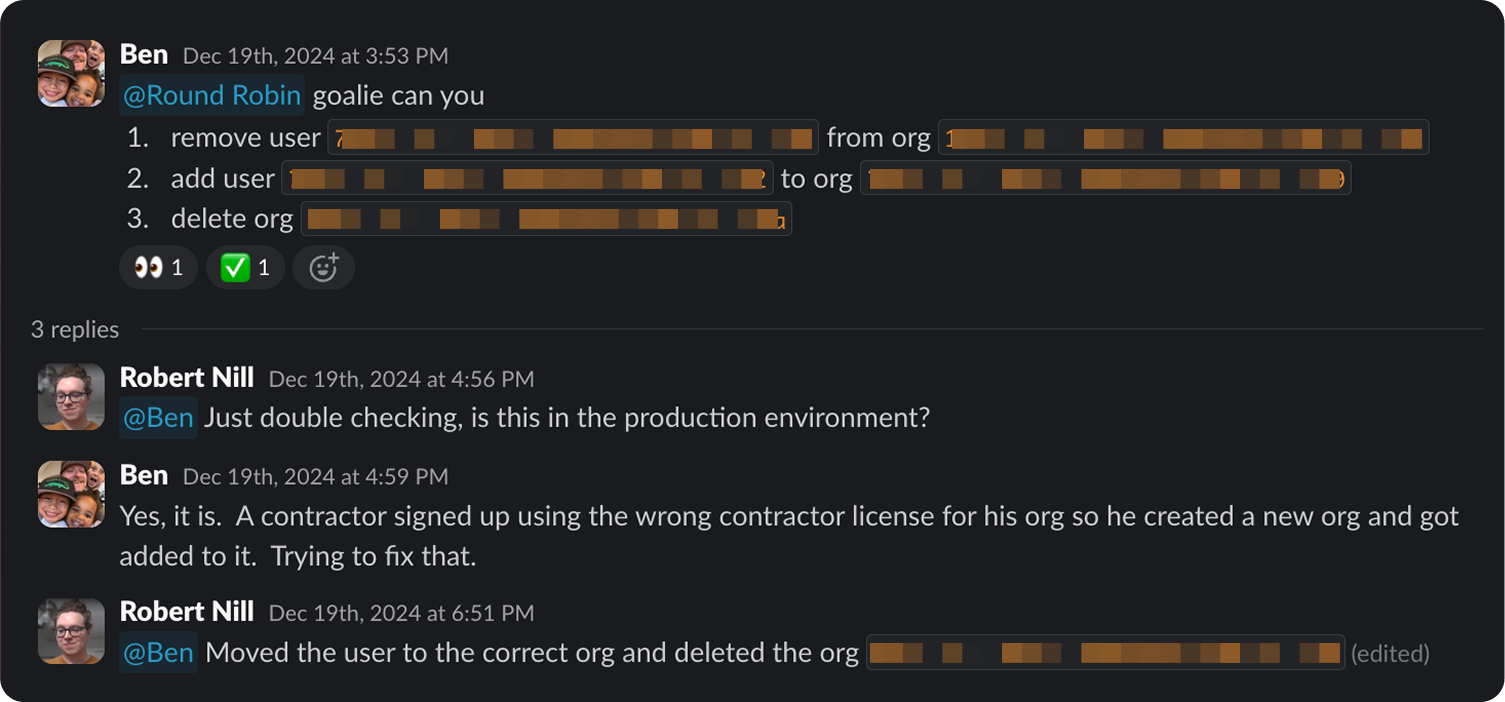
Outdated login flow not cut out for explosion of users
Rock Rabbit plans to serve all fifty states by the end of 2025, increasing its states served by 1000%. A seamless and secure login and invite flow is needed to be able to handle the new influx of users onboarding onto the platform. Due to some technical and user experience gaps, the existing flow has leaned on Customer and Operational teams to fill in, especially with new users. A new login and invite flow is needed for the platform to scale.
Industry
Series B Startup, Home Electrification Incnetives
Project Type
Login + Invite Refactor
Roll
Product Designer
An interconnected web of user types and permissions
The platform’s main unit is the application. Applications are nested within projects. Projects are then owned by organizations. External organizations and homeowners can then be invited to individual projects.
In simplifying an onboarding experience for a platform with complex user groups and permission structures my main questions are:
Where is the user type currently defined?
How easy and secure is it to invite and be invited to a project?
Is permission structure understandable to new users?
Current Flow Audit
Internal Research
Ideally, I would have conducted direct research with end users to validate some these assumptions, however, given the realities of working in a fast-moving startup environment with limited access to external users and an accelerated timeline traditional user interviews would have been challenging.
To compensate, I conducted research with internal team members who had extensive experience engaging with our users.
Lead Analyst
Subject matter expert: lives and breaths incentives requirements. With her i focused on licensing requirements.
Operations Lead
Has face to face interactions with our customers daily and knows their pain points better than anyone. With him I focused on the voice of the user. Whats confusing, where are people getting stuck?
Customer Lead
Failsafe for when things go wrong. With her I focused on learning where intervention is needed by the customer team. When and why do people reach out?
Constructed AI User Personas
Adds richness to my internal data and adds a perspective from an entity not already familiar with the existing platform
Treatment of homeowner users is confusing and inconsistent
Homeowner user types are mistakenly finding themselves on RR’s webapp instead of partner white label deployments
Homeowners dont know they have limited functionality until they have already made a lot of progress - can be very frustrating
Homeowners shouldn't be able to be invited to an organization
“Its frustrating to make an account and then find out my address doesn't work”
Inviting new users to a project or team is causing a lot of friction for the contractor users and Ops/Customer team.
Manual, off-platform invite code process leads to frustration and need for Ops and customer teams to intervene
Difference between a project invite and Org invite is not clear and confusing
Org leaders want the ability to invite whole team at once.
The operations manager responding to a confused customer.
Single member invite. Link doesn't get you through unless you also have the invite code.
Licensing is complex and inconsistent state to state.
Orgs have their own license and contractors that join the org often also have their own license. Whos license to use when joining is not clear and leads to needing to contact support.
“This Org is taken, enter an invite code” language is confusing. “feels like I made a mistake”
Current license flow
Account cleanup after a user enters the wrong license.
Design Goals
Clarify homeowner permissions and capabilities early and often. No reason to have them fill out everything only to learn they cant use all of the platform.
Make accepting an invite more straightforward. Remove as much confusion as possible regarding licensing system.
Clarify process to invite contractors to org and projects and Remove off platform communication.
Overall, reduce occasions where the Ops or Customer team needs to get involved as we scale.
Goal 1: Redirecting Homeowners
Start with user type question
Don’t a homeowner create an account unless they are already working with a contractor using RR (use invite link)
Homeowners that mean to be on a partner portal. (white label deployment should be linked there before signing up.)
Goal 2a: Create a new Invite process (individual project Invite)
Bundle Org info including license number with the invite link.
Have the inviter classify the user type so that the invite is custom to a contractor or homeowner
Add language feature so invite can be sent in invitee’s preferred language.
Goal 2b: Clarify Invite process (Intra-Org Invite)
Create a batch invite system
Choose language for individual org members
No off-platform communication needed.
Licensing for those being invited is automated.
Goal 3: Make accepting an invite more straightforward (internal Employee)
Create a batch invite system
Choose language for individual org members
No off-platform communication needed.
Licensing for those being invited is automated.
Outcome
In the weeks since this has been launched Rock Rabbit has added two stated to its service areas. There have been no onboarding and login related communication with Customer or Ops team.
Next steps:
Contextual inquiry with users creating an account as well as with Org admins inviting employee contractors to their organization for qualitative insight.
Track metrics closely as we expand to 50 states for quantitative insights.
On track for nation-wide expansion











